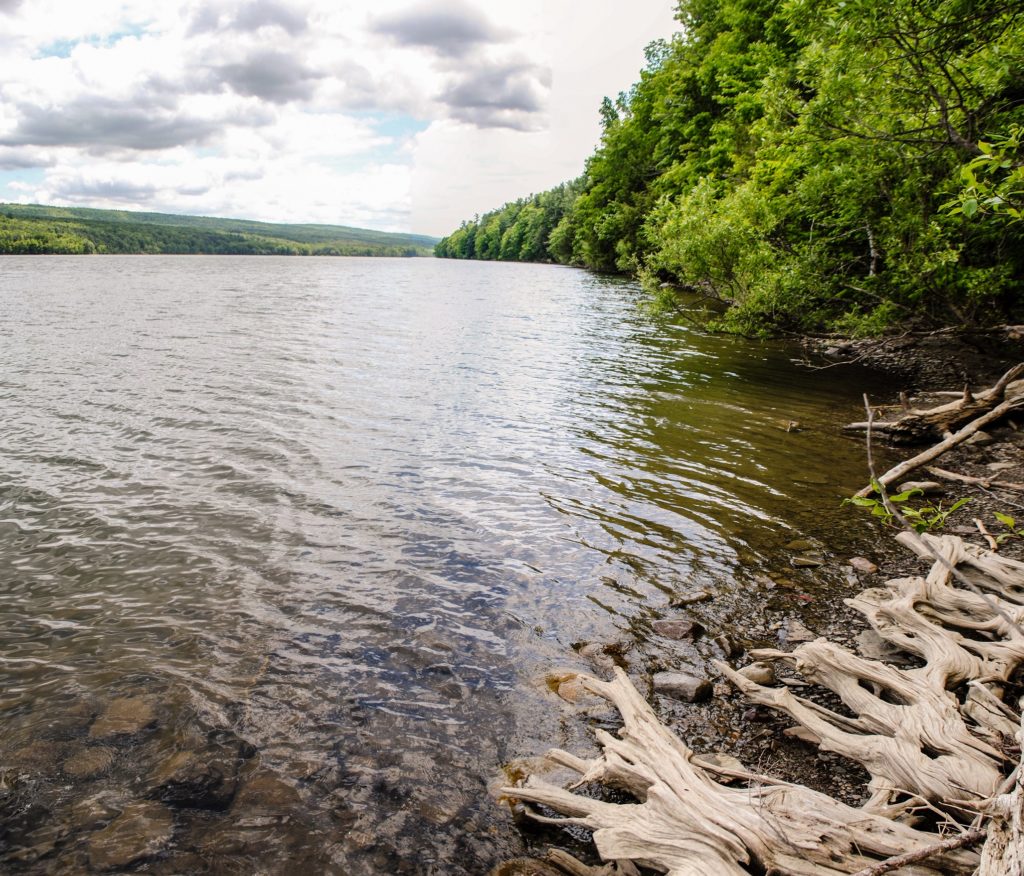By Kate Frazer
(Photo, above, Canadice Lake, New York, © The Nature Conservancy/Mat Levine.)

Today’s music fans expect the planet to be treated with care at festivals, and a focus on sustainability is now front and center at many popular music events. Bonnaroo in Tennessee has used solar panels to power Paul McCartney’s performance. Lollapalooza in Chicago hosts a Green Street Market with environmentally friendly products. South by Southwest in Austin, Texas, offers carbon offsets and a three-day forum on environmental issues.
My organization, The Nature Conservancy—which has a mission of conserving the lands and waters on which all life depends—has collaborated with festivals such as Austin City Limits and Firefly. Not only do these collaborations give festivalgoers tangible ways to reduce their environmental footprint, they give The Nature Conservancy the chance to market our brand to new audiences and engage with our current supporters in creative new ways.
Now in its 15th year, Xerox’s Rochester International Jazz Festival continues to step up its efforts around sustainability. The Nature Conservancy and Xerox already collaborate on global forest protection. We help improve the management of working forests that supply wood and paper products, as well as critical ecosystem services such as carbon storage, wildlife habitat and flood control.
But one of the most life-essential services that healthy forests provide is keeping drinking water clean and plentiful. That is why The Nature Conservancy has teamed up with Xerox for the second year to offer festival attendees the chance to learn about their water source, reduce waste and take action to conserve local lands and waters.
Getting heard at a music festival
So how do we cut through the clutter at a large festival with world-class musical acts, delicious food and hundreds of vendors and organizations to get our message across? One way is to offer a valuable service—cool, clean, free drinking water straight from Hemlock and Canadice Lakes –two Finger Lakes the Conservancy played a role in protecting.

Last year, The Nature Conservancy and Xerox distributed 245 gallons of water at our water filling station—saving the equivalent of 1,856 bottles—and Xerox and Nature Conservancy volunteers contributed 84 hours educating thousands of people about their water sources.
Because more than 77 percent of people don’t know where their water comes from, we engage people by encouraging them to look up their water source on our online “Where Does Your Water Come From” map, and mark it on a map of the world at our booth.
And we’re building on the great musical energy at the festival by asking booth visitors to contribute their favorite water-related songs to our #LoveWater playlist. Of course, we also get the word out on social media, invite attendees to share photos and tips of how they save water and reduce waste at the festival, using #lovewater and #XRIJF hash tags.
If you are in the Rochester, New York, area this week, please stop by our booth at Gibbs and East Main to see this effort in action. If you are not, consider taking a moment to think about where your water comes from, and what you can do to protect it.
Kate Frazer is a marketing and communications manager for The Nature Conservancy based in New York.



